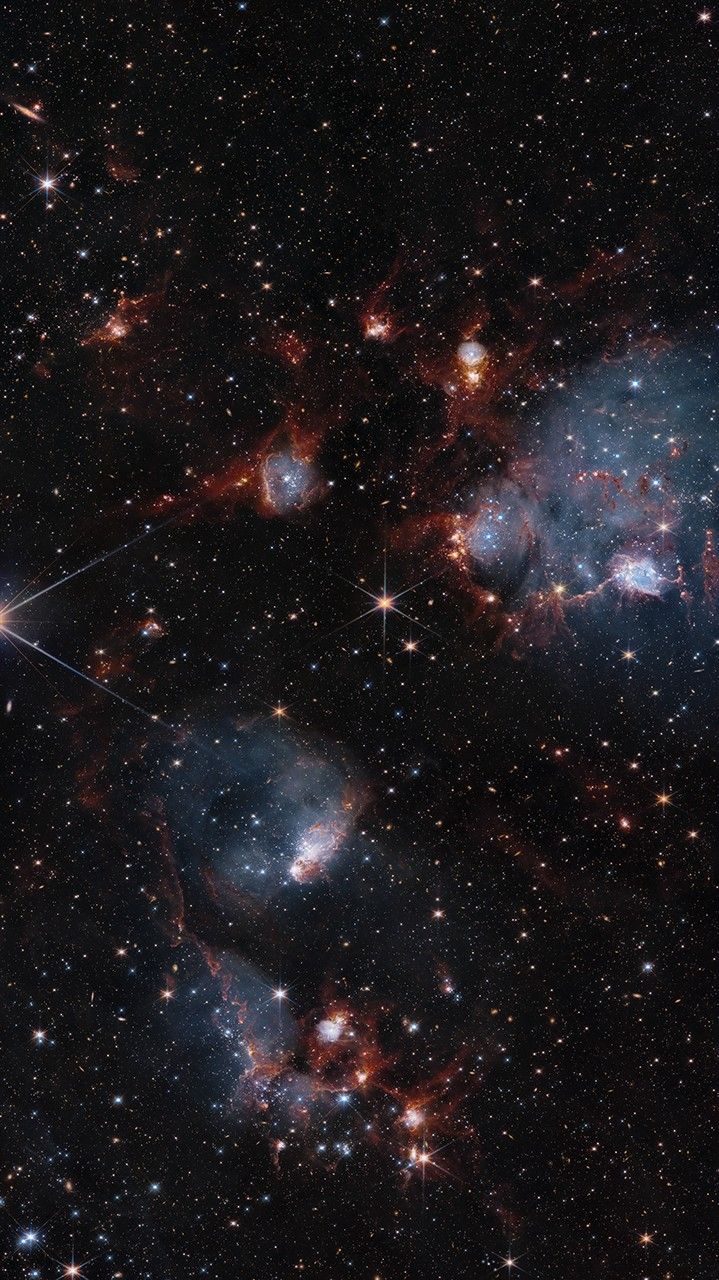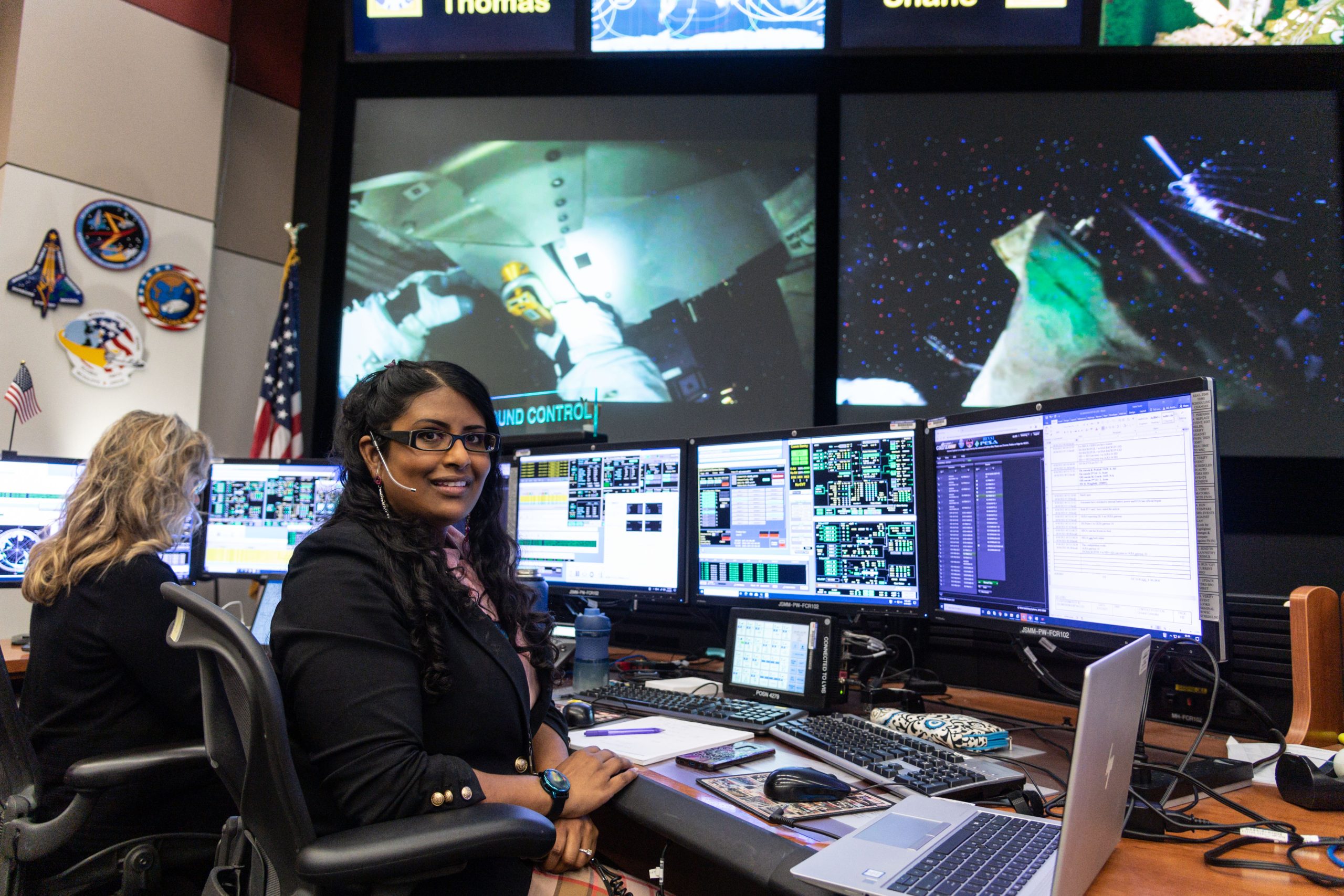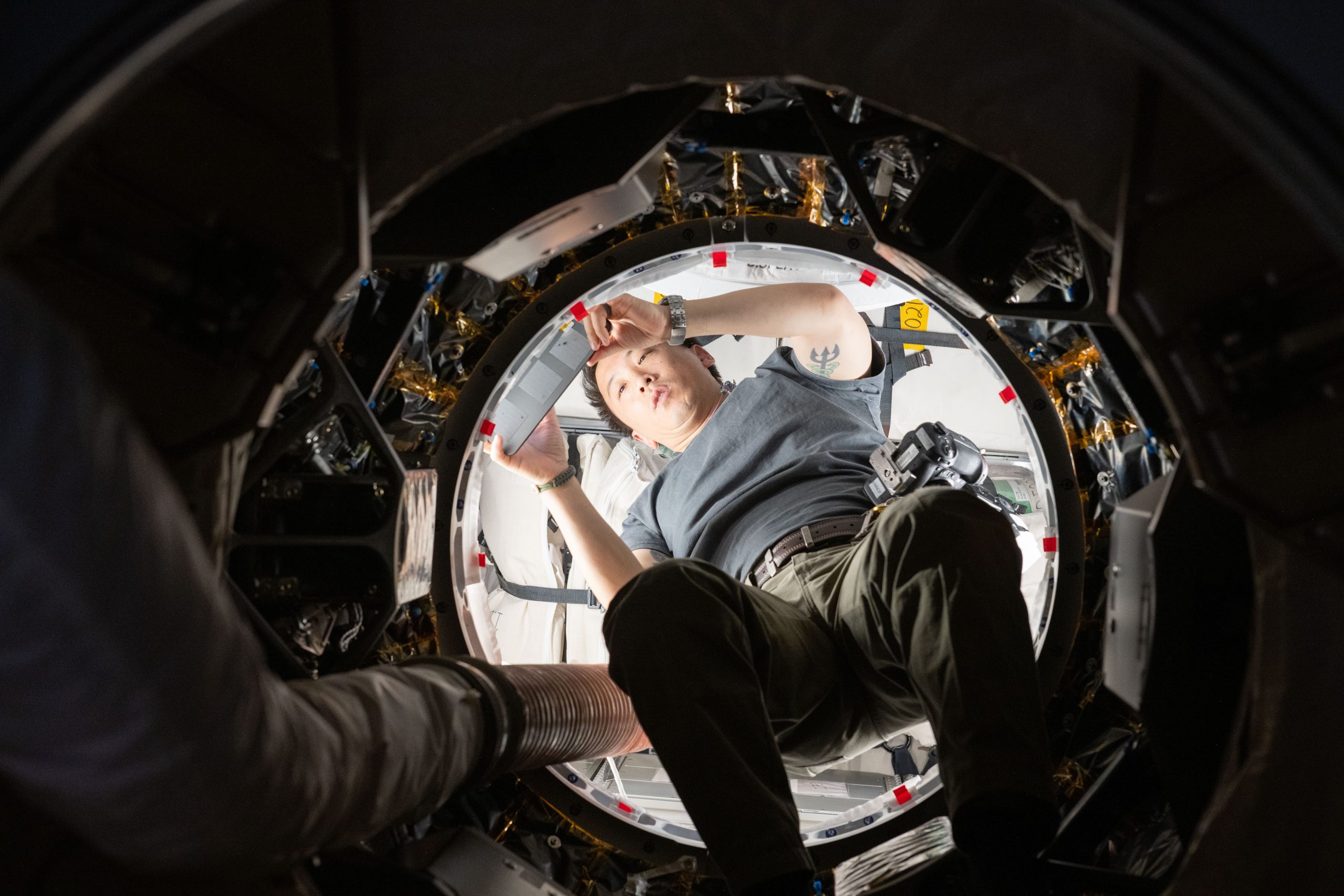Now Reading: Hubble and Webb Telescopes Showcase Stunning Star Cluster Duo
-
01
Hubble and Webb Telescopes Showcase Stunning Star Cluster Duo
Hubble and Webb Telescopes Showcase Stunning Star Cluster Duo

Quick Summary
- NASA’s Hubble and Webb space telescopes captured striking images of open star clusters NGC 460 and NGC 456 located in the Small Magellanic Cloud, a dwarf galaxy orbiting the Milky Way.
- the star clusters are part of the N83-84-85 complex, which houses rare O-type stars, massive and extremely hot stars that burn hydrogen rapidly. Thes stars are only about one to 10 million years old, compared to our Sun’s age of 4.5 billion years.
- Hubble’s view highlights ionized gas being shaped by stellar radiation (blue), while Webb’s infrared perspective showcases warm dust structures with filamentary patterns (red).
- The Small Magellanic Cloud has fewer metals compared to the Milky Way, resembling conditions similar to those in the early universe.
- These observations aim to study gas flows in this region, analyze gravitational interactions between galaxies like the Small and Large Magellanic Clouds, explore patterns in bursts of star formation from such interactions, and enhance understanding of cosmic history through its interstellar medium.
Indian Opinion Analysis
These findings hold scientific importance as they deepen understanding about conditions resembling those from the early universe. India could perhaps leverage such cutting-edge research for enhanced educational initiatives or expand collaborations focused on space science advancements with countries involved in global missions like NASA’s Hubble and Webb projects. Insights into phenomena like star formation processes or interstellar medium mechanisms may also inspire astrophysics pursuits within India’s expanding space programs under organizations such as ISRO.Read More
























